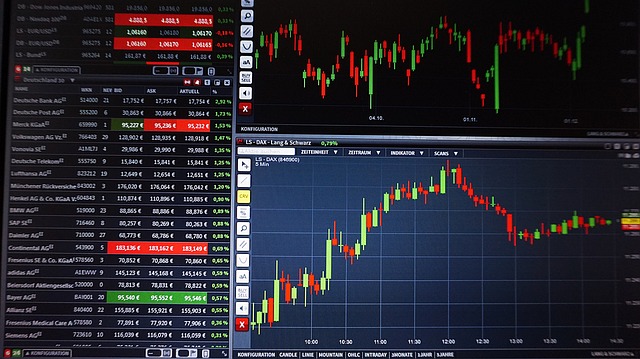Foreign exchange trading, or forex trading, is a global marketplace where currencies are traded 24 hours a day. With a daily trading volume exceeding $6 trillion, it offers immense opportunities for investors and traders. This article provides a detailed guide to help you understand the intricacies of forex trading, the strategies for success, and the pitfalls to avoid.
What is Forex Trading?
Forex trading involves the exchange of one currency for another in the forex market. The goal is to profit from fluctuations in currency exchange rates. The forex market operates through a decentralized network of banks, brokers, and financial institutions, making it the largest and most liquid financial market in the world.
Key Features of the Forex Market
- 24/5 Operation: Open 24 hours a day, five days a week, allowing flexibility.
- High Liquidity: Large trading volumes ensure smooth transactions.
- Diverse Instruments: Includes major, minor, and exotic currency pairs.
- Leverage Opportunities: Allows traders to control large positions with a small investment.
How Does Forex Trading Work?
Forex trading occurs in currency pairs, where one currency is exchanged for another. Each pair consists of a base currency and a quote currency. For example, in the EUR/USD pair, EUR is the base currency, and USD is the quote currency.
Key Terminologies
- Pip: The smallest price movement in a currency pair.
- Spread: The difference between the bid and ask price.
- Leverage: Borrowing funds to increase the potential return on investment.
- Margin: The initial deposit required to open a leveraged position.
Steps to Start Forex Trading
1. Choose a Reliable Broker
Selecting the right broker is crucial. Look for brokers with:
- Regulation: Ensure they are licensed by reputable authorities.
- Low Spreads: Minimize trading costs.
- User-Friendly Platforms: Features like MetaTrader 4 or 5 are recommended.
2. Open a Trading Account
Sign up for a demo account to practice before trading with real money. Once confident, open a live trading account and fund it.
3. Understand the Market
Study market trends, economic indicators, and geopolitical events that influence currency movements.
4. Develop a Trading Strategy
Create a strategy based on your risk tolerance, trading goals, and market analysis. Popular strategies include:
- Scalping: Short-term trades to capitalize on small price movements.
- Day Trading: Closing all positions before the market closes.
- Swing Trading: Holding positions for several days to capture market swings.
5. Execute Trades
Place buy or sell orders based on your market analysis and trading strategy.
Effective Forex Trading Strategies
1. Fundamental Analysis
Focus on economic data, interest rates, and geopolitical events. Key indicators include:
- GDP Growth: Reflects economic health.
- Inflation Rates: Affects currency strength.
- Central Bank Policies: Interest rate decisions have a significant impact.
2. Technical Analysis
Use charts and indicators to predict price movements. Popular tools include:
- Moving Averages: Identify trends.
- RSI (Relative Strength Index): Measure market momentum.
- Fibonacci Retracement: Determine potential support and resistance levels.
3. Risk Management
Protect your capital with proper risk management techniques:
- Set Stop-Loss Orders: Limit potential losses.
- Use Position Sizing: Determine how much to invest per trade.
- Diversify: Spread investments across multiple pairs.
Advantages of Forex Trading
- Accessibility: Low entry barriers make it suitable for beginners.
- High Liquidity: Ensures quick order execution.
- Flexibility: Trade anytime due to the market’s global nature.
- Potential for High Returns: Leverage amplifies earning potential.
Common Mistakes to Avoid
- Overleveraging: Excessive use of leverage can lead to significant losses.
- Ignoring Risk Management: Not setting stop-loss orders is a common error.
- Emotional Trading: Letting fear or greed dictate decisions often results in poor outcomes.
- Lack of Knowledge: Failing to understand market dynamics can be detrimental.
Forex Trading Tools and Resources
1. Trading Platforms
- MetaTrader 4/5: Popular platforms offering advanced charting tools and automated trading.
- cTrader: Known for its intuitive interface and fast execution.
2. Educational Resources
- Webinars and Courses: Learn from industry experts.
- Books and Blogs: Stay updated with the latest strategies and market analysis.
3. Forex Signals
Subscribe to reliable forex signal providers to receive trade recommendations.
Conclusion
Forex trading is a dynamic and potentially lucrative market that requires knowledge, discipline, and a well-structured strategy. By understanding the fundamentals, adopting effective strategies, and practicing risk management, traders can navigate the forex market confidently and achieve consistent success.

